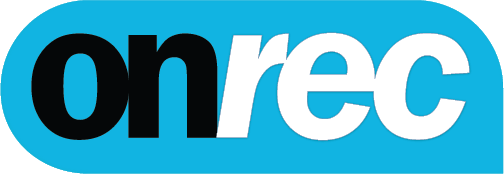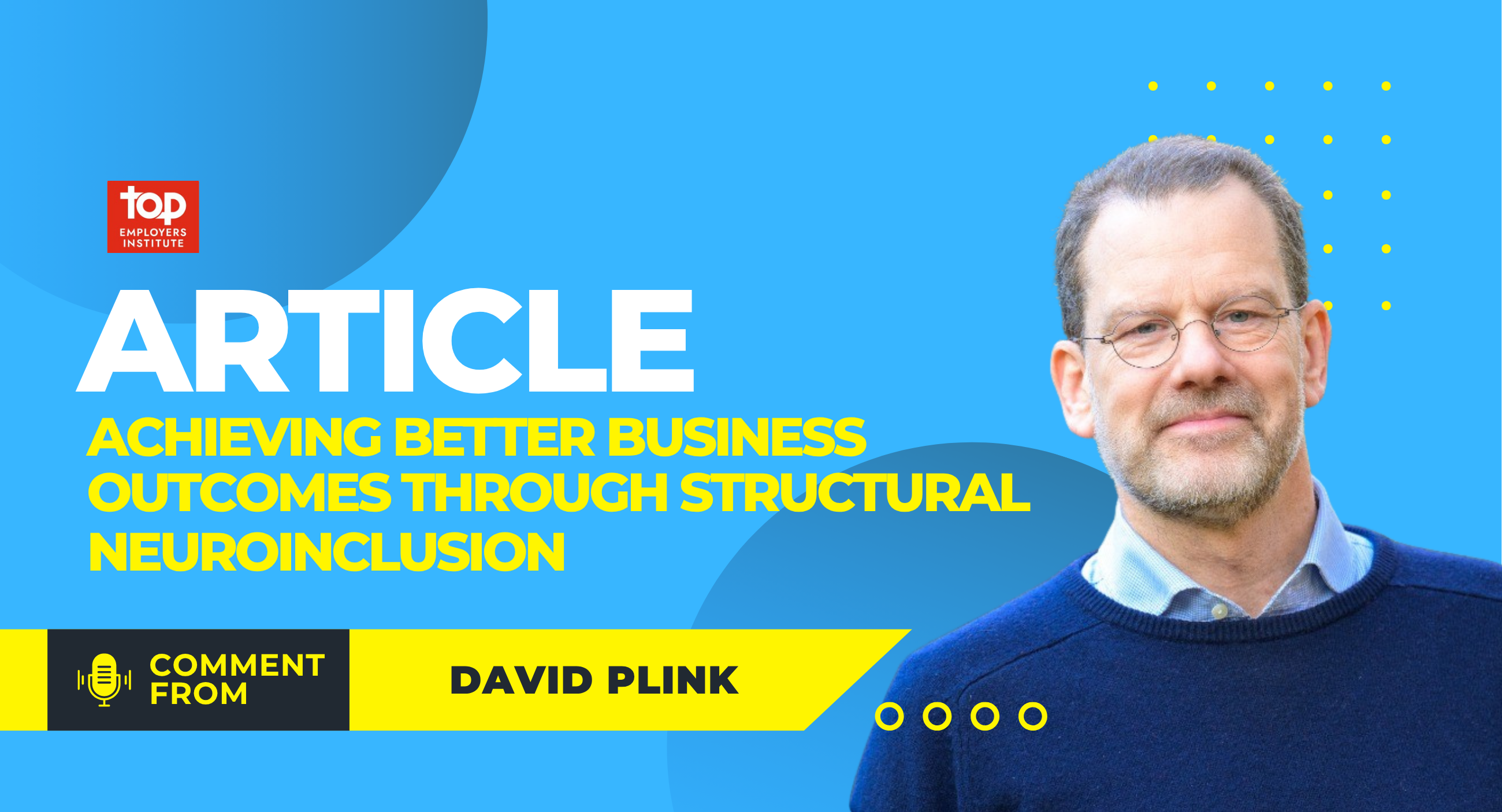The benefits of a cognitively diverse talent pool are extensive for businesses, as neurodivergent individuals often offer high levels of creativity, problem-solving skills and innovation. Indeed, in recent years, the advantages of fostering a neuroinclusive environment have been widely reported; for example, recent research revealed that neuroinclusive teams are 30% more productive than teams that are less diverse.
In order to reap the benefits of a truly inclusive environment, however, businesses and HR leaders must shift away from superficial and performative inclusivity when supporting neurodivergent employees. While many businesses have started to celebrate diversity-related awareness days and may post their support for these occasions on social media, some of these companies are still found wanting when it comes to establishing effective systems to create truly inclusive environments.
Businesses that want to shift towards structural neuroinclusion must review the foundational policies that impact the baseline running of their teams – for example, reconsidering how the scope and boundaries of “job roles” are understood, redefining the norms for communication and building a positive culture overall.
Moving past the one size fits all approach
Despite making in-roads in terms of inclusivity in recent years, the world of work is yet to let go of its largely rigid adherence to traditional job descriptions. However, neurodivergent employees often bring strengths that don't fit neatly into these boundaries. This can include lateral thinking, pattern spotting, deep focus and expertise in specific areas. Employers should endeavour to recognise and harness these unique talents. This means offering flexibility and space to thrive when skills fall outside the expected remit of an employee’s particular job role.
According to Top Employers Institute’s most recent research paper, Neuroinclusive by Design, many neurodivergent employees are already actively seeking opportunities to contribute beyond their official role, frequently engaging in stretch assignments or supporting Employee Representative Groups (ERGs). This not only enhances team outcomes but also gives these individuals scope to express their unique capabilities.
To capitalise on this, therefore, organisations must embrace flexible role design, allowing employees to shape aspects of their job around their personal strengths. HR leaders should look to build skills profiles that capture strengths beyond formal roles, enabling better alignment between talent and business needs.
Prioritising structure and consistency
Our research highlighted the need for consistent and transparent structures for neurotypical and neurodivergent employees alike, with all groups benefiting when supported with structured ways of working. For example, inconsistent routines, unclear expectations, and ambiguous communication styles can be major stressors and barriers to success for many. This is often experienced more acutely by neurodivergent individuals due to different sensory and cognitive processing.
When teams co-design their ways of working, from agreeing on communication norms to balancing digital and in-person interactions, everyone benefits. This might include promoting asynchronous collaboration tools, such as Slack or Teams, ensuring that every meeting has a clear agenda and purpose and also offering in-person connection options for those who prefer it.
These measures can help to reduce cognitive overload and improve engagement, boosting talent retention across the workforce.
Embracing differences rather than simply accepting them
Many neurodivergent employees feel compelled to turn to “masking” of certain traits – scripting conversations or forcing eye contact - as a coping mechanism to fit into systems that have been designed to uphold neurotypical expectations. Structural inclusivity requires a cultural shift where good intentions are assumed and where difference is not just accepted but understood. When teams approach each other with curiosity instead of judgement, it builds a foundation for authentic collaboration. In turn, neurodivergent employees feel safer and more willing to contribute.
To do so, HR leaders should invest in training that educates employees about neurodivergence and celebrates differences, promote ERGs that include both neurodivergent staff and neurotypical allies and normalise flexible work practices, reducing the need for disclosure.
Envisioning a future that is neuroinclusive by design
No longer just a trending topic, the inclusivity of an organisation is now one of the first things job seekers look for before applying for a role. This is particularly true for Gen Zs, who now make up over a quarter (27%) of the workforce in OECD countries. Indeed, nearly half (44%) would not accept a role without seeing diverse leadership within the organisation. Creating a workplace environment that responds to these expectations benefits all employees, while going some way to solving the challenge of attracting and retaining talent.
By moving away from surface-level forms of representation that often prioritise visibility over systematic changes, businesses must evaluate the interior of their policies around neurodiversity. It is only through structural neuroinclusion that employees with a range of cognitive profiles can begin to feel supported and flourish, allowing businesses to flourish too.






